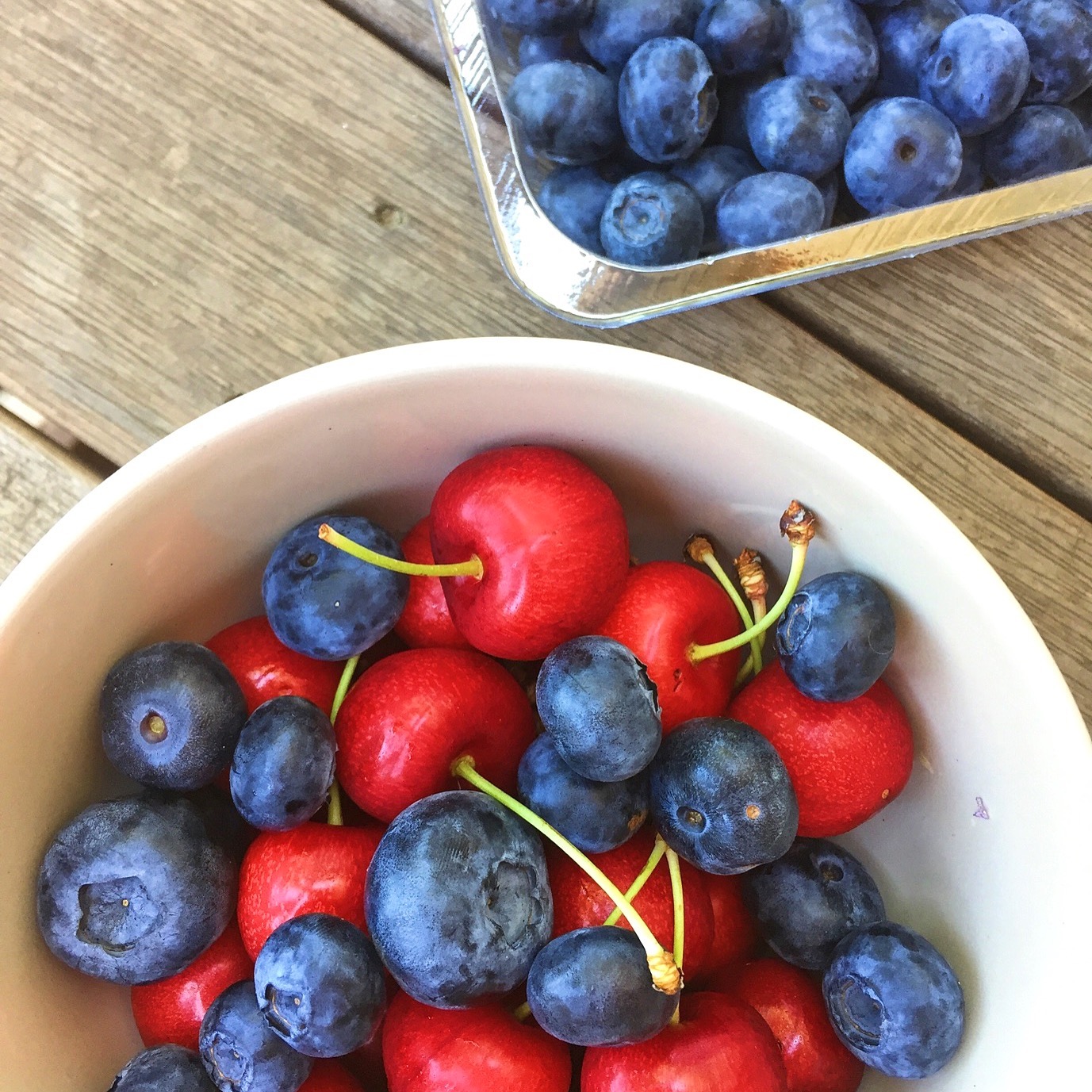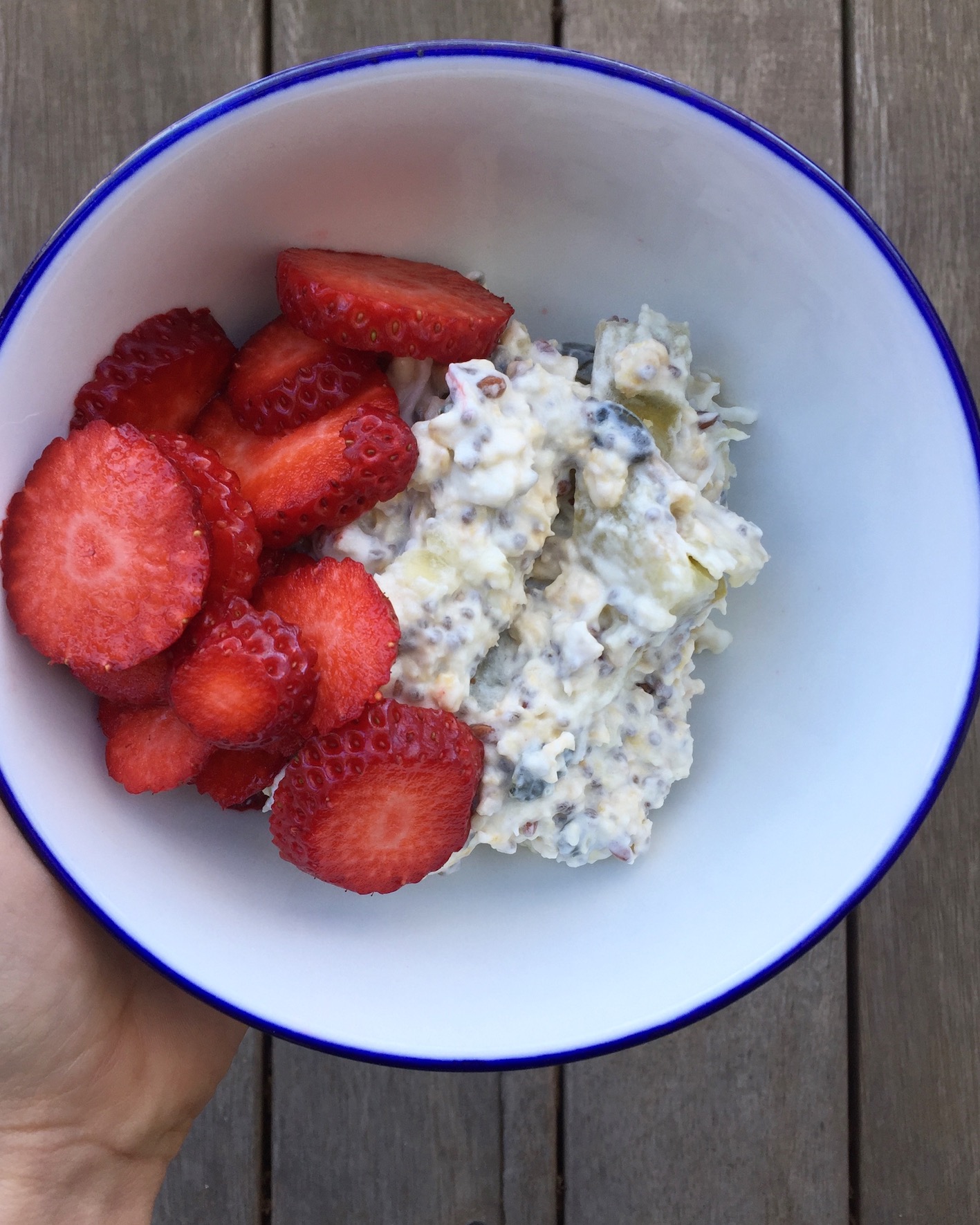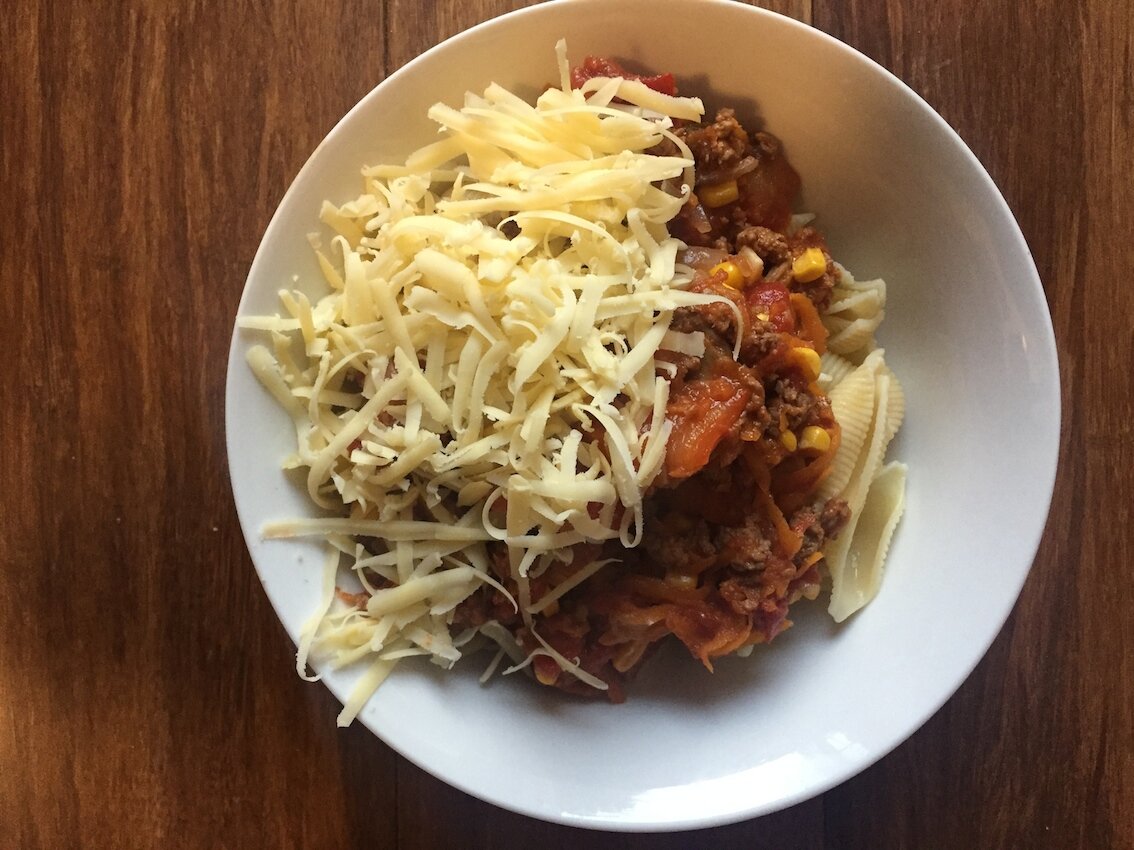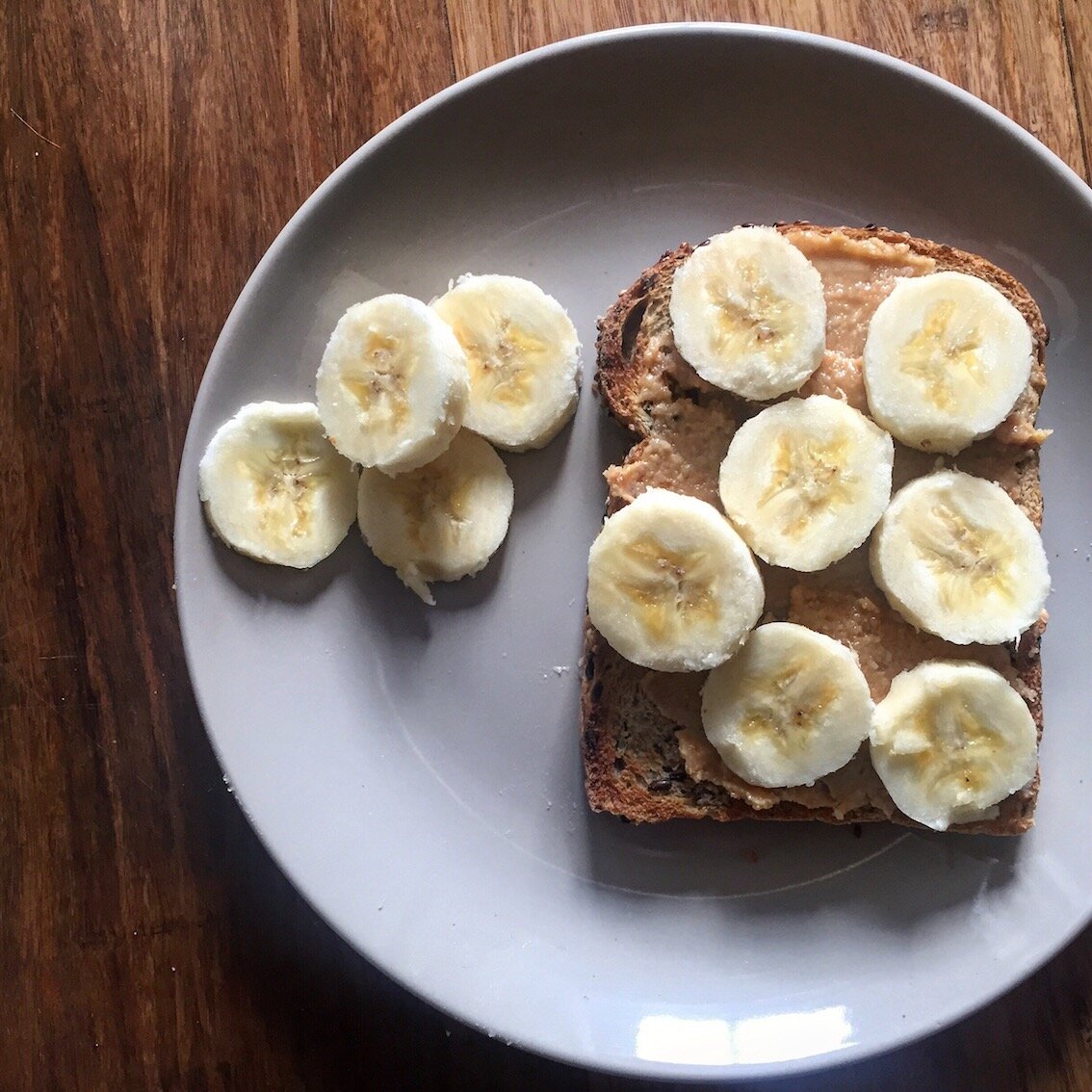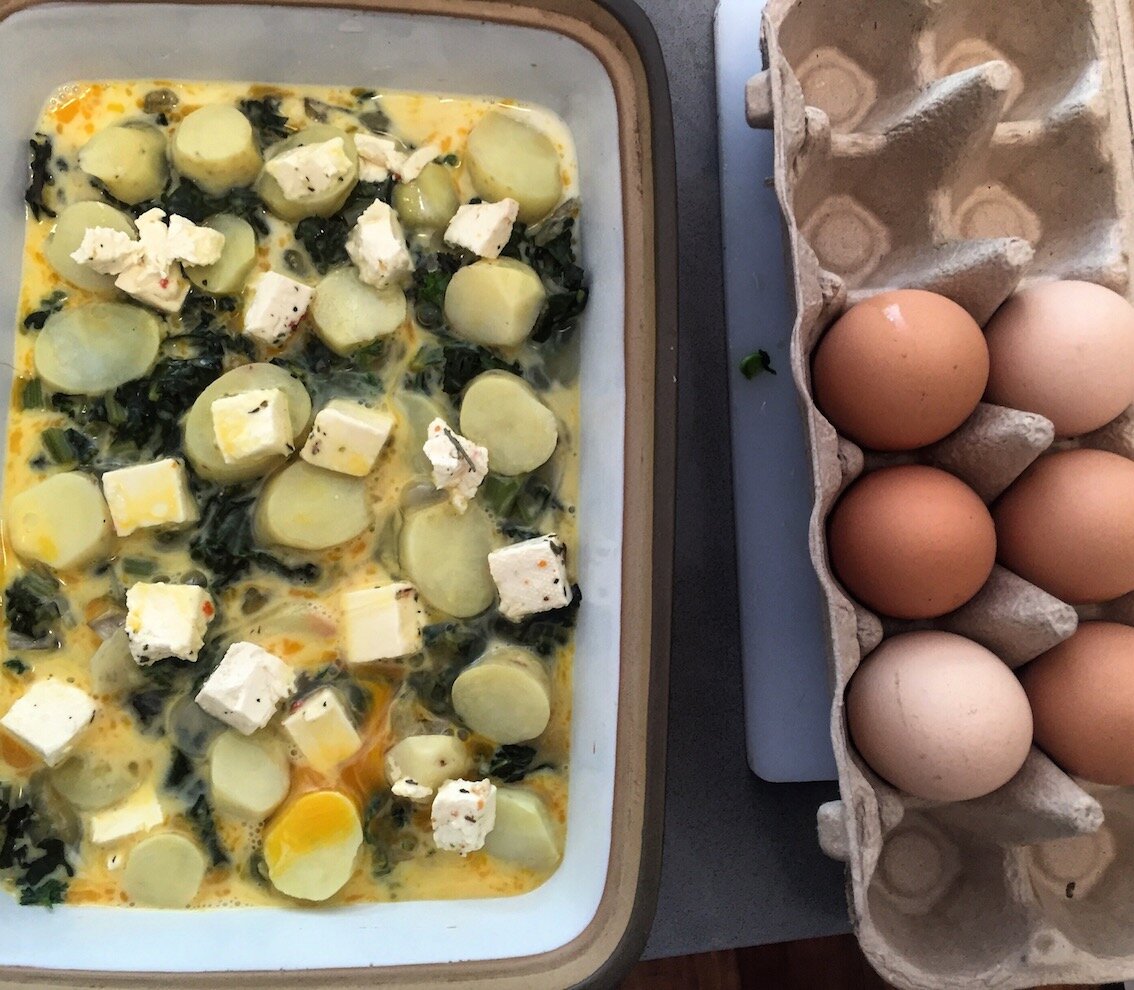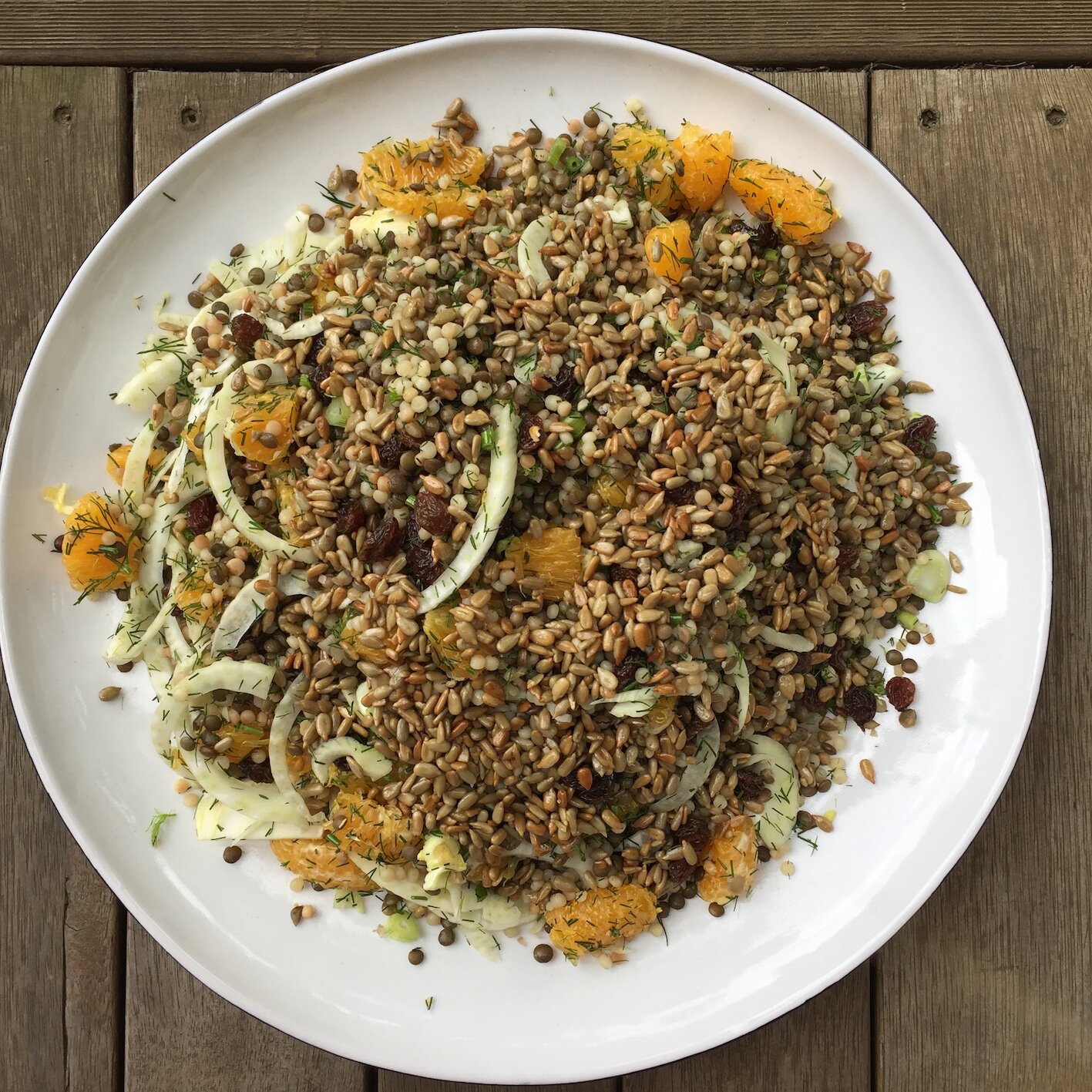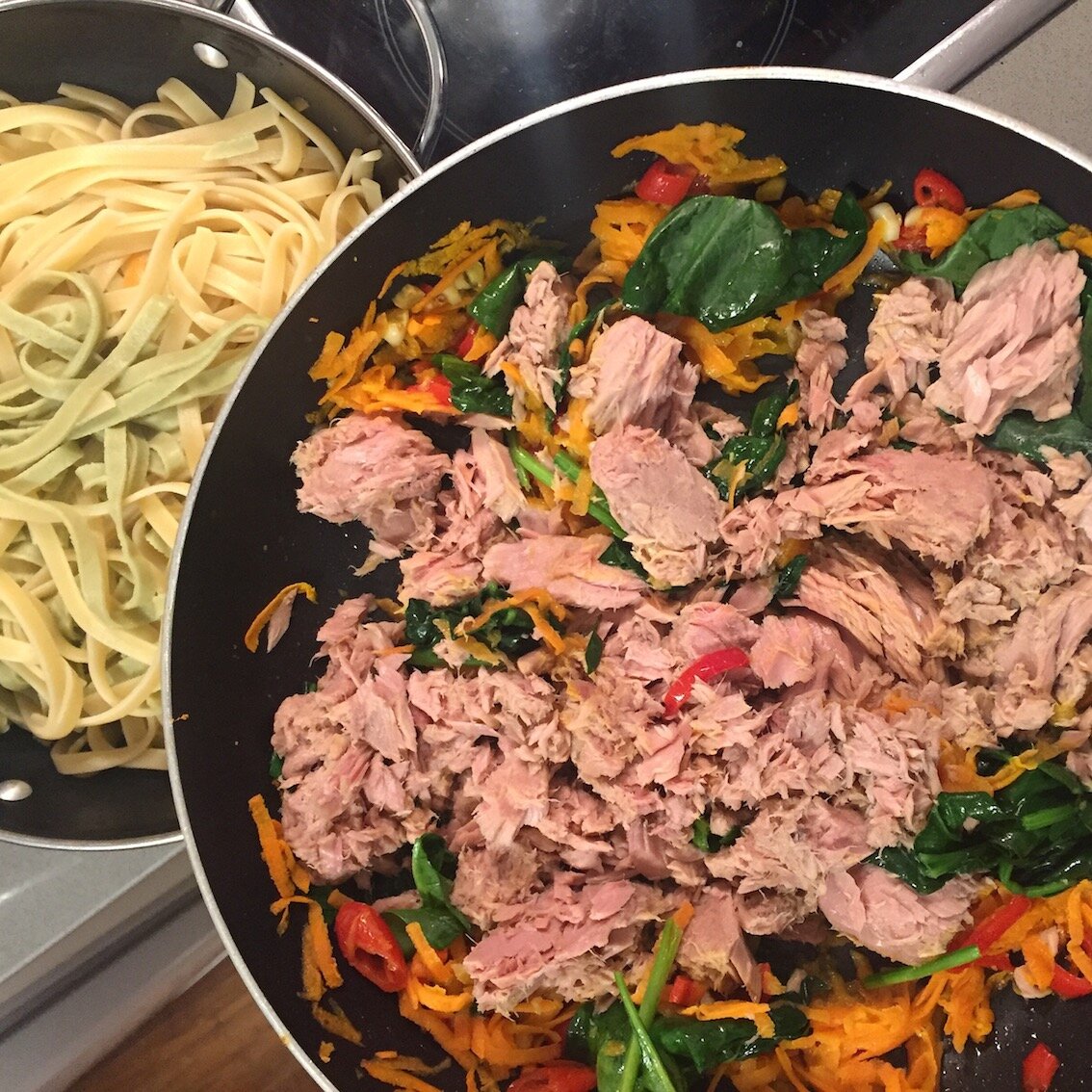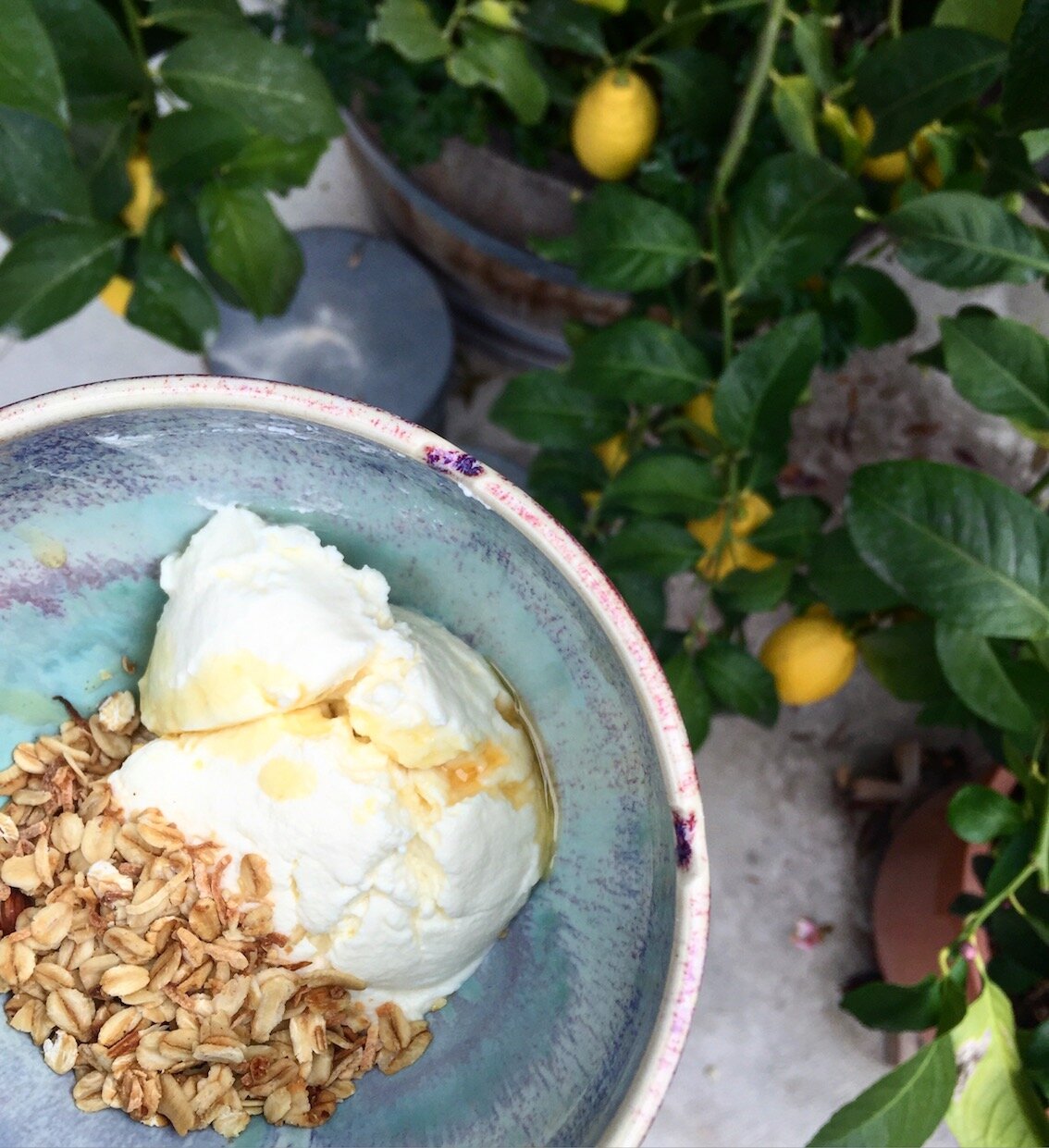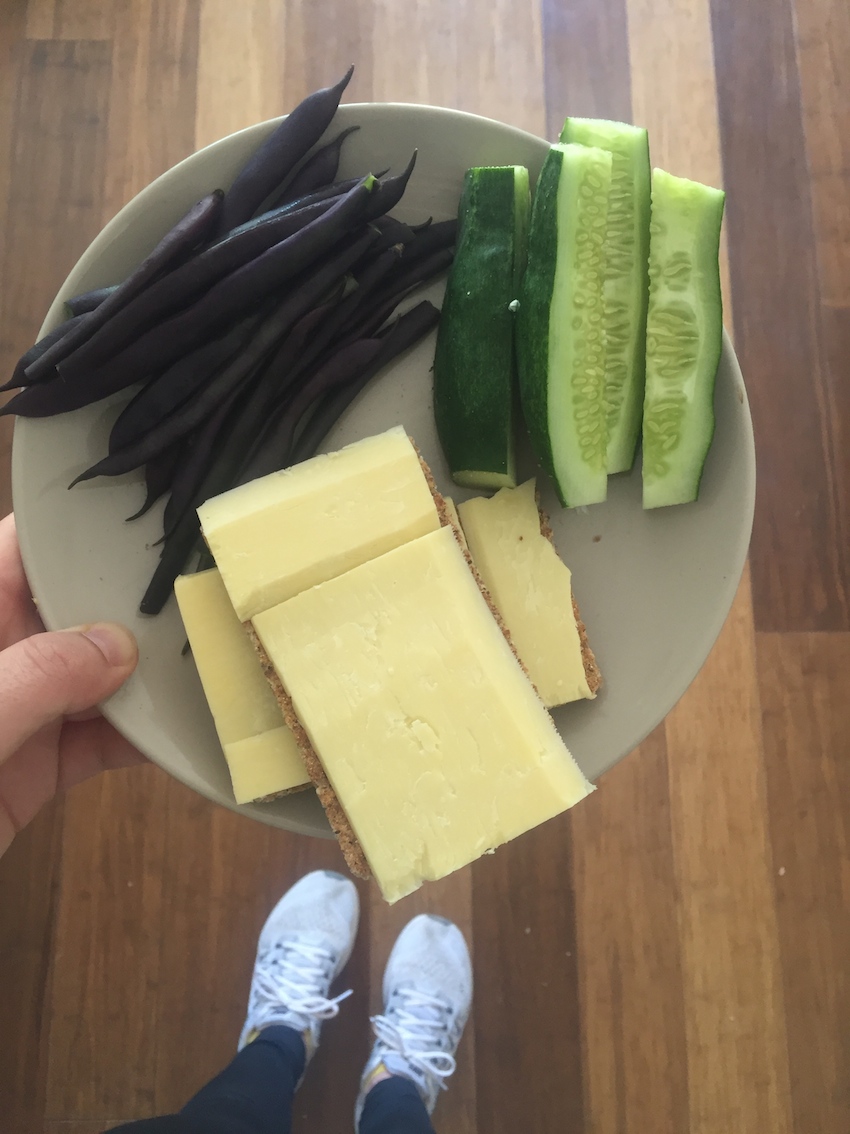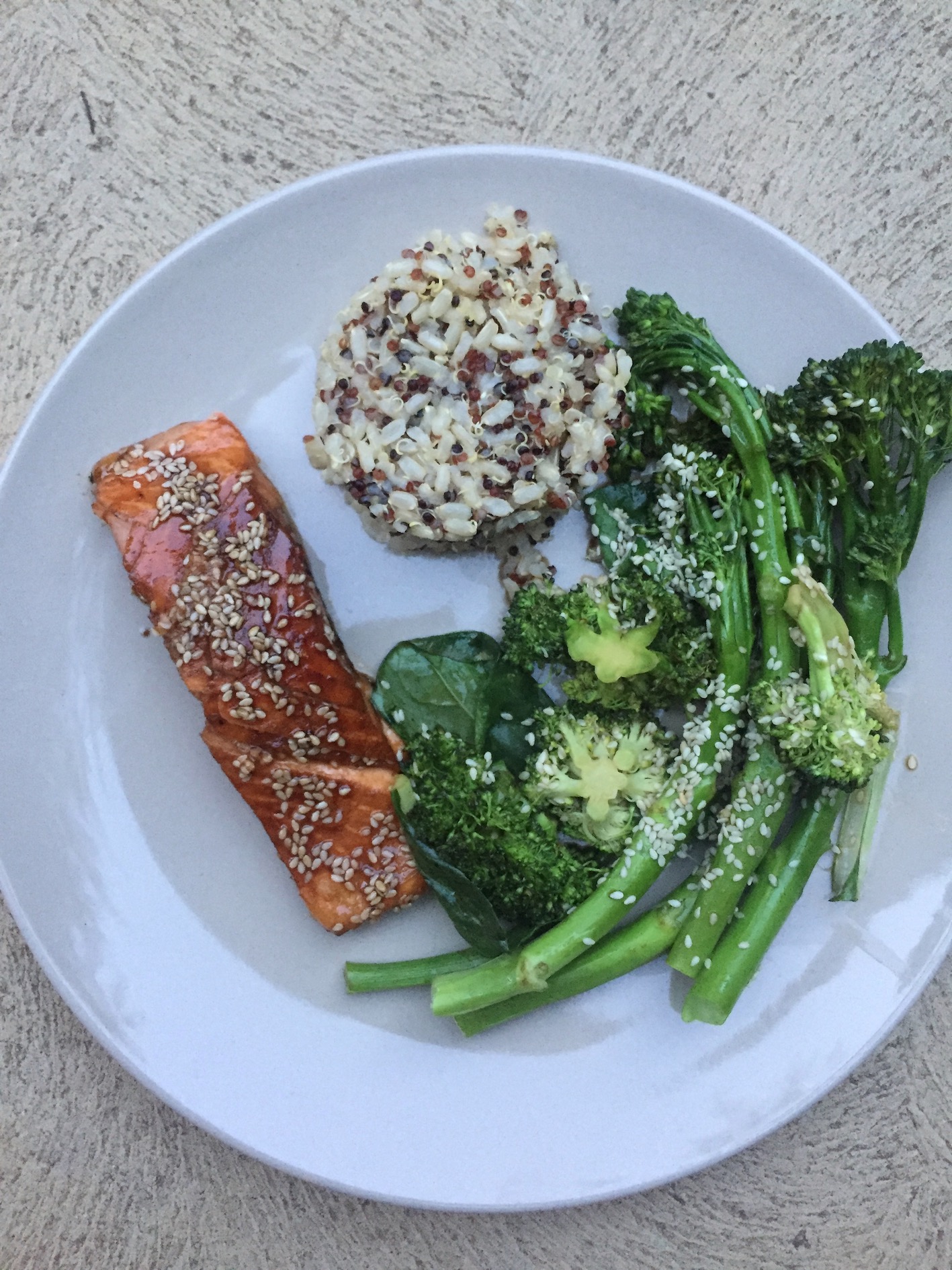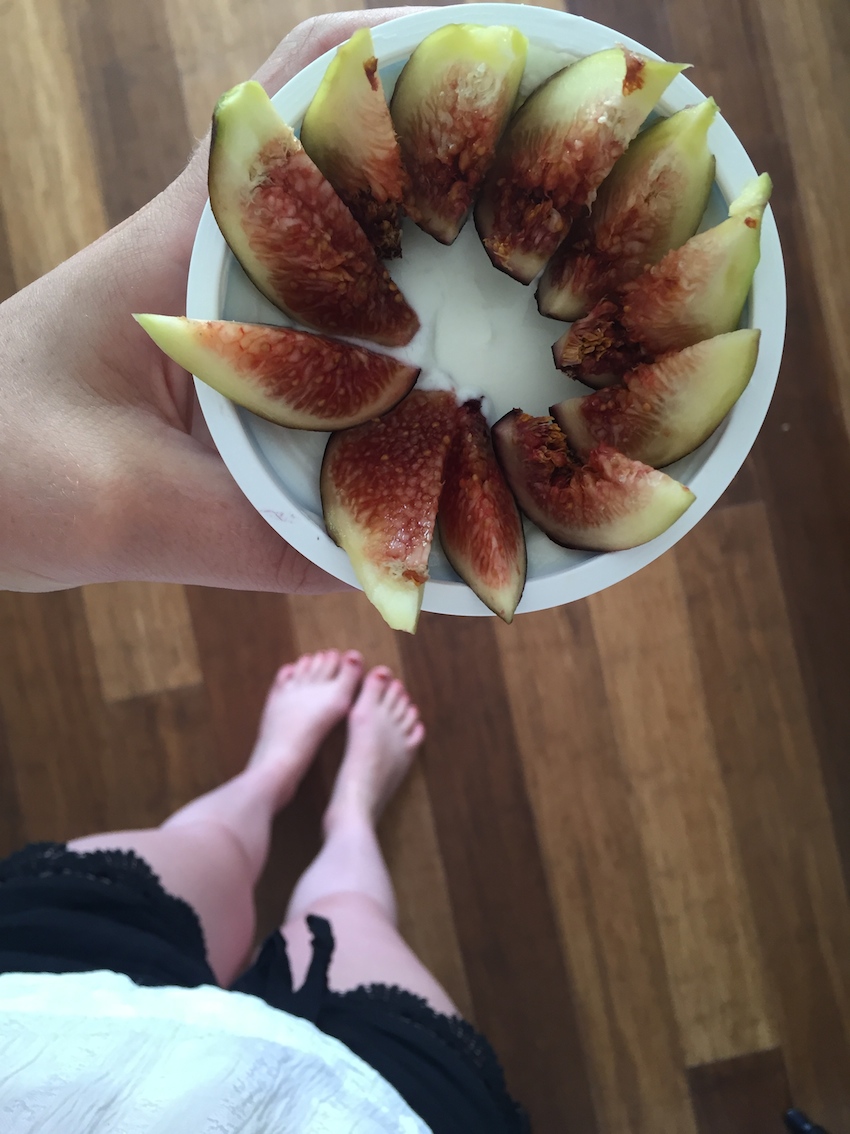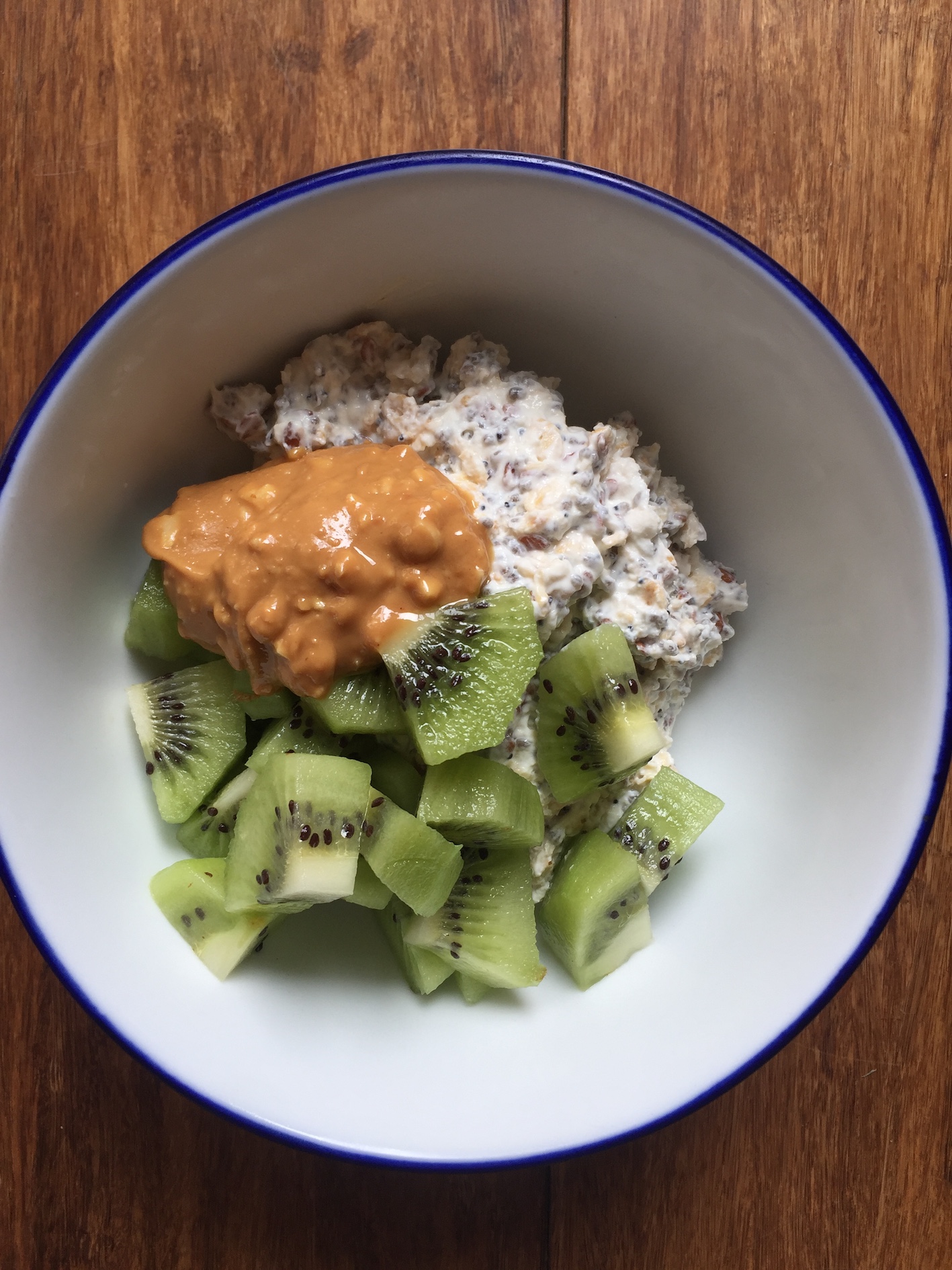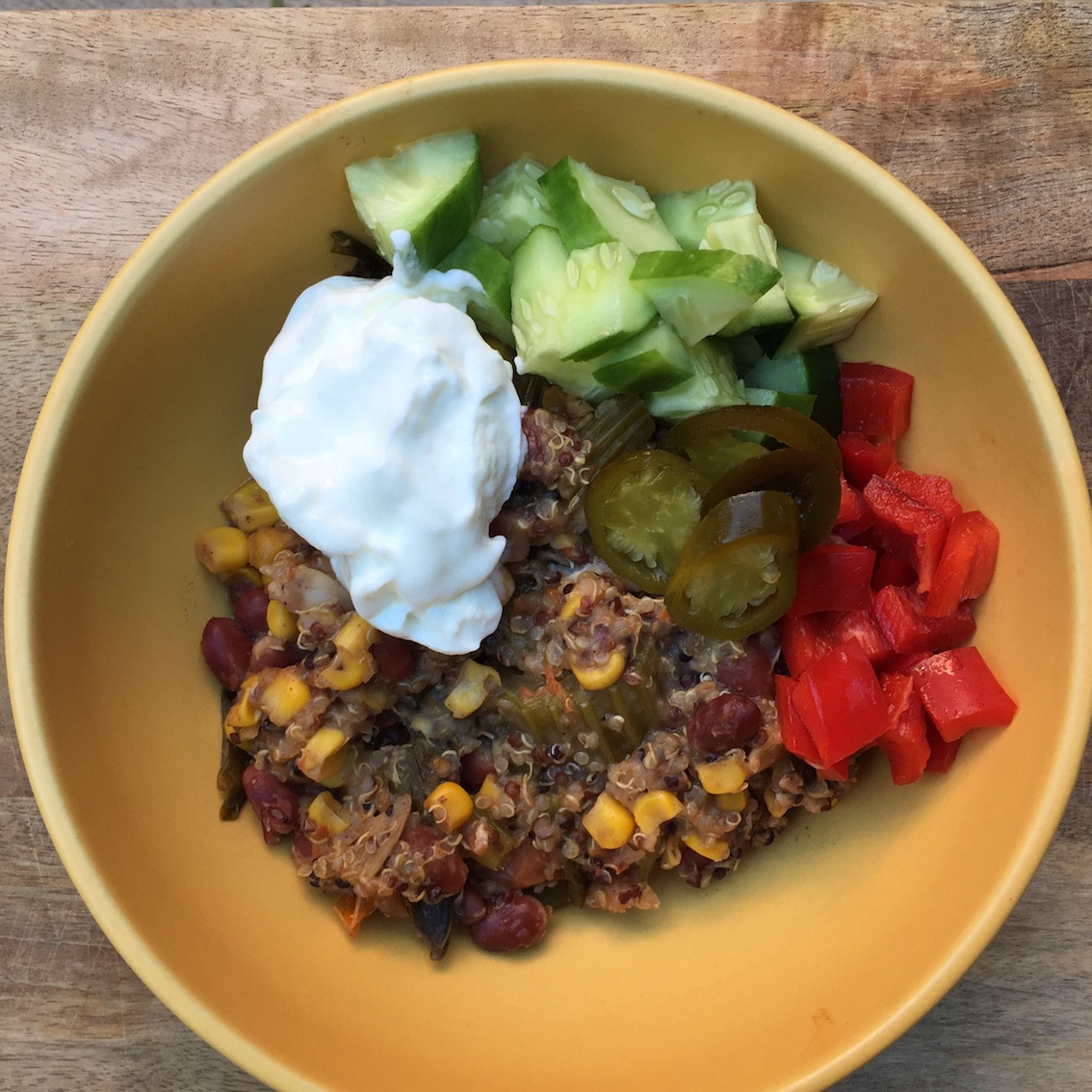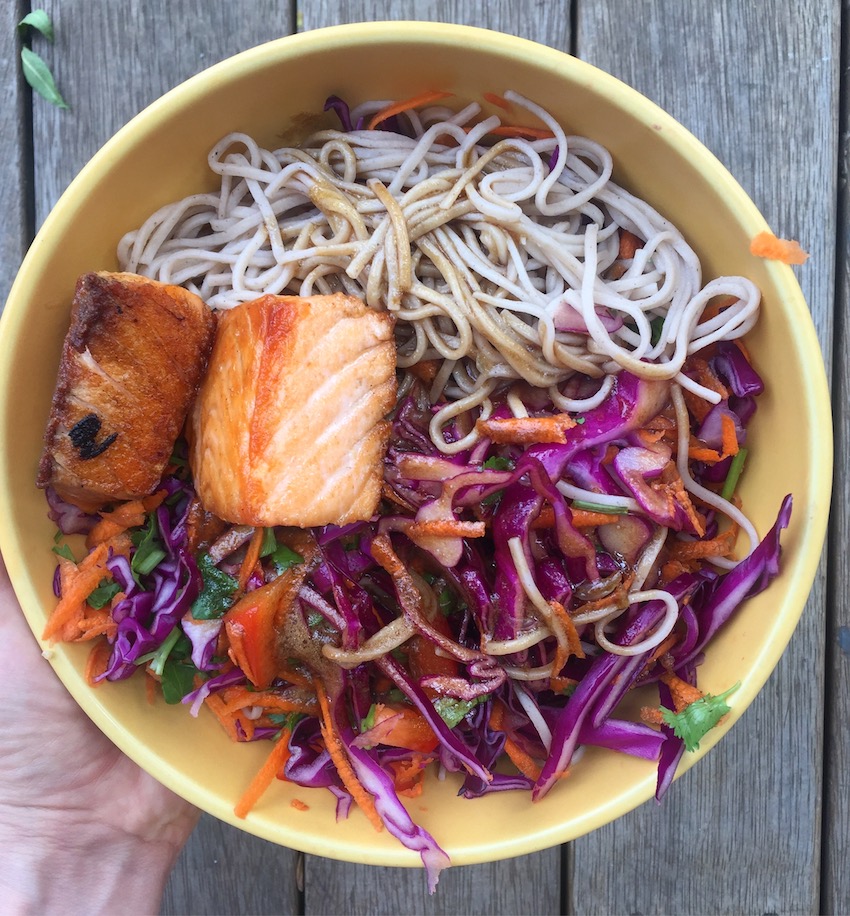What To Eat During Pregnancy
Pregnancy is a very special time in your life, but it can also be a time of uncertainty and sometimes stress, not knowing what the ‘best’ thing to do for yourself and your baby can certainly add to this stress. What to eat during pregnancy is something that most pregnant women wonder. We often know what not to eat, but what do we actually eat? and how much?
You’re told that you need to eat to support a growing baby, but also that you’re not eating for two and your obstetrician has told you not to gain too much weight.
It’s confusing, I get it! So I’m hoping to break it down, and make it more straight-forward for you.
During pregnancy, your requirements of certain nutrients increase, including iron, zinc, iodine and folate in particular. Dietary fibre requirements also increase, as pregnancy can commonly cause constipation. In the second and third trimester energy needs increase too, however, this increase isn’t so substantial. In the second trimester this increase is equivalent to about 1 peanut butter sandwich extra per day, and in the third trimester this is about 1 peanut butter sandwich and a banana extra per day.
Hunger levels certainly increase too, so in order to meet the increase in nutrient and fibre needs and satisfy increasing hunger requirements without exceeding the increase in energy requirements, it is important to choose nutrient rich foods from the five food groups. We don’t need to specifically monitor our nutrient and energy intakes, but making sure we are hitting the target intake for most food groups most days is a great way to ensure your increasing nutrient needs are being met. Of course it is also completely fine to have ‘sometimes’ foods daily or occasionally, whatever works best for you and your lifestyle. It is important to have a healthy relationship with food and that means that all foods can fit. If an all-or-nothing approach is something that you struggle with, please get in touch. This is a very important time in your life and is so worthwhile to work on your relationship with food before baby comes along and takes all of your attention.
The food groups are vegetables and legumes/beans; fruit; grain foods; lean meats and poultry, fish, eggs, nuts, seeds and legumes/beans; and dairy products or alternatives.
Vegetables -
during pregnancy our recommended requirements remains at 5 serves per day. It is important to aim for this target as vegetables are high in fibre and filling - very helpful for our increased appetites, and are also a good source of folate. Not to mention that they are a good source of a range of vitamins and minerals, which is important to support body functions at any stage of life.
1 serve of vegetables is the equivalent of 1 cup of salad veg, 1/2 cup cooked veg, 1/2 medium potato, or 1/2 cup cooked legumes (lentils, beans or chickpeas).
Fruit -
our recommended intake of fruit remains at 2 serves per day. Fruit is a delicious and convenient snack, perfect to have in your bag if you are out and get hungry. It is also high in fibre, filling and contains a range of vitamins and minerals, important for maintaining good health.
1 serve is equivalent to 1 piece of medium sized fruit (banana, apple, orange), 2 smaller sized fruits (kiwi, plums), or 1 cup diced (berries etc) or tinned fruit.
Grain products, mostly wholegrain -
This is one of the food groups where our recommended intake increases during pregnancy. The recommended intake jumps from 6 serves per day to 8.5 serves per day. Whole grains are a good source of energy and fibre, which is helpful for satiety and regular bowels. In Australia, there is also a mandatory fortification of iodine and folic acid of commercial breads, meaning that bread is a good source of these nutrients.
1 serve is equal to 1 piece of bread, 1/2 medium bread roll or wrap, 1/2 cup cooked pasta or rice, 1/4 cup muesli or 1/2 cup cooked oats. These serves are quite small hence the recommendation for a few serves per meal.
Lean meats and poultry, fish, eggs, nuts, seeds and legumes/beans -
During pregnancy our recommended intake for this group also increases. This is largely because our iron requirements increase greatly with pregnancy. Many of these options also contain zinc and folate, along with fish and legumes also containing iodine. So this is a very important group to be eating at each meal all the time, but in particular, during pregnancy. The recommended intake jumps from 2.5 serves per day to 3.5 serves per day. Getting a mix of different foods from this group everyday will help to ensure that we get a good mix of the nutrients they provide.
1 serve is equal to 65g cooked lean meats, 80g cooked lean poultry, 100g cooked or tinned fish, 2 large eggs, 1 cup of cooked legumes (chickpeas, lentils, split peas etc), 170g tofu or 30g nuts or seeds.
Milk, yoghurt, cheese and alternatives -
Dairy products and alternatives, as long as they are fortified with calcium (have calcium added in), are great sources of calcium. When growing a baby during pregnancy, calcium is a very important nutrient. Interestingly, during pregnancy our bodies are better at absorbing calcium, so our requirements don’t actually increase, however, it is import to make sure that we are hitting the recommendations. The recommendations for pregnant women 18 years and under is 3.5 serves per day and for women aged 19 and above is 2.5 serves per day.
1 serve is equal to 1 cup of milk, 40g hard cheese, 3/4cup or 200g yoghurt or 1 cup of non-dairy milk as long as it has at least 100mg per 100ml.
What might this look like?
Sample day 1
Breakfast - 2 pieces of wholegrain toast with 1/4 avocado and 2 eggs or 1 cup of baked beans - 2 serves grain, 1 serve lean meat/poultry group
MT - piece of fruit + small handful of nuts - 1 serve fruit, 1 serve lean meat group
Lunch - leftover spaghetti bolognese (1-1.5 cups pasta, 1 cup of sauce) with cheese and salad - 2-3 serves grain, 1 serve lean meat, 3 serves vegetables, 0.5 serve dairy
AT - 4 vita-weats with cheese and tomato or cucumber - 1 serve grain, 1 serve dairy, 1 serve vegetable
Dinner - Teriyaki salmon with rice (1 cup) and veggies - 1 serve lean meat, 2 serves grain, 3 serves vegetables
Supper - tub of yoghurt + piece of fruit - 1 serve dairy, 1 serve fruit
= 7/5 serves vegetables, 2/2 serves fruit, 5-6/8.5 serves grain foods, 4/3 serves lean meat and poultry, 2.5/2.5 serves dairy.
Sample day 2
Breakfast - 1 serve of overnight oats (1/2 cup rolled oats, ~30g mixed seeds/nuts - chia seeds, flax seeds and peanut butter, 1/2 cup of milk, 1/2 cup of yoghurt) served with 2 kiwi fruit - 2 serves grain, 1 serve nuts and seeds, 1 serves dairy, 1 serve fruit
MT - 1 piece of grainy toast with avocado - 1 serve grain
Lunch -Leftovers - slow cooker Mexican chicken bowls with fresh veggies and a large scoop of Greek yoghurt - 1 serve grain, 1.5 serves lean meat, 1/2 serve dairy, 3 serves vegetables
AT - 1 banana - 1 serve of fruit
Dinner -Soba noodle salad with salmon (1.5 cups soba noodles) - 3 serves grains, 1 serve lean meat, 3 serves vegetables
Supper - 200g yoghurt with 1/4 cup muesli - 1 serve dairy, 1 serve grain
= 6/5 serves vegetables, 2/2 serves fruit, 8/8.5 serves grain, 3.5/3 serves lean meat, 2.5/2.5 serves dairy.
Please note that the information in this article is general in nature, everyone has individual requirements and individual recommendations will vary. If you would like support with your nutrition during this exciting and important time in your life, get in touch, I’d love to hear from you and would love to support you in a healthy and happy pregnancy.
If you found this post helpful, please share it on to any family and friends who are pregnant and might find it useful, and subscribe to my monthly mailing list to receive posts and recipes straight to your inbox!
Canberra Nutritionist and Dietitian Approved Recipes RSS
Follow me on Instagram, if you're not already doing so, I regularly post easy meal ideas.

